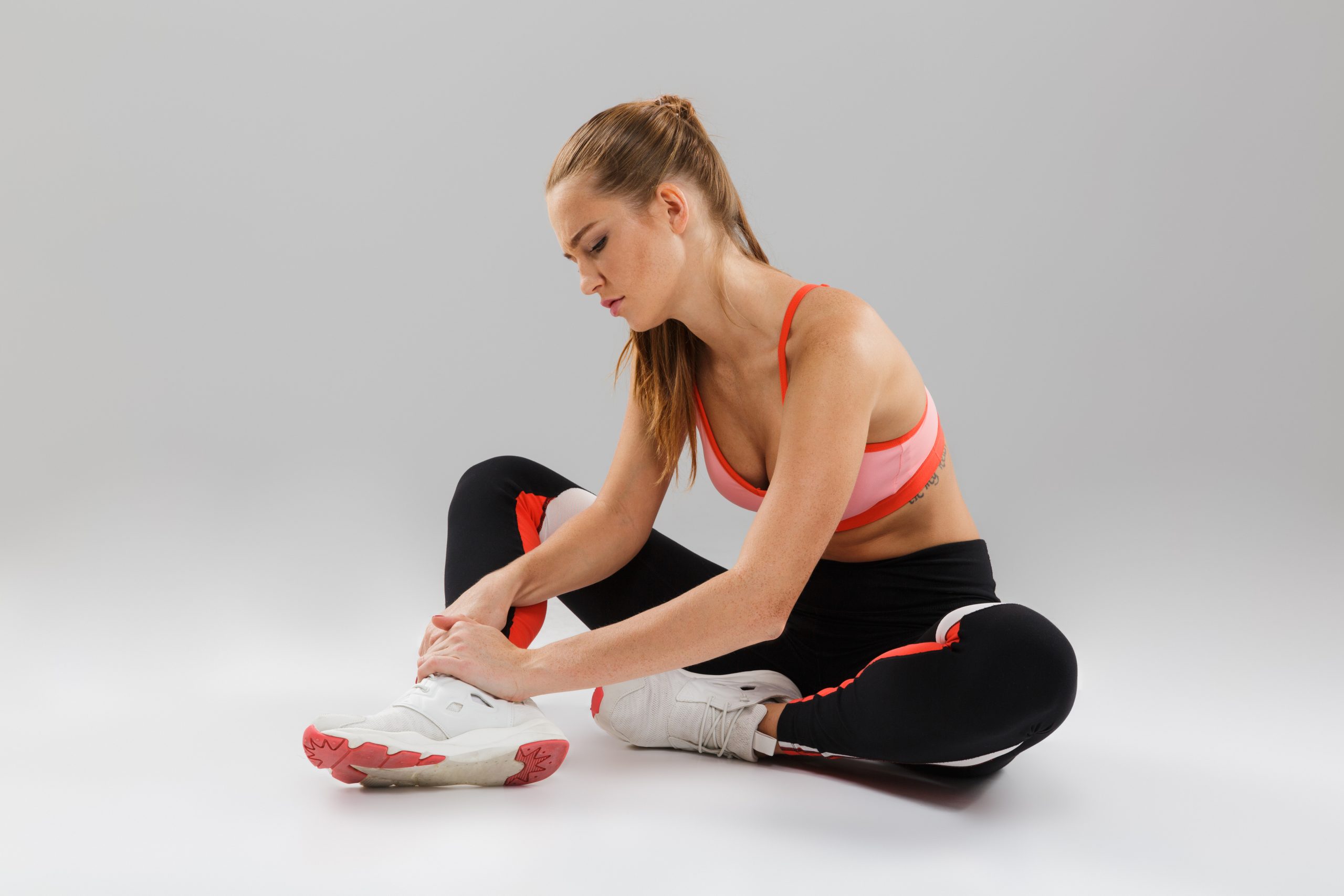Achilles tendonitis (or Achilles tendinitis) is one of the most common conditions affecting athletes, runners, and even individuals navigating everyday movement challenges.
The Achilles tendon plays a crucial role in common activities like walking, running, and jumping. When it becomes irritated or overworked, discomfort and limited mobility often follow.
While rest and activity modification are essential, affected individuals also look to chiropractic care for greater resilience, balance, and improved long-term function.
Understanding Achilles Tendonitis
Being the largest and also the strongest known tendon in the human body, the Achilles tendon connects the calf muscles to the heel bone. It absorbs significant stress during movement, particularly in activities that involve running, climbing, or rapid directional changes.
In general, Achilles tendonitis occurs when repetitive strain or biomechanical stress creates inflammation and stiffness in this tendon.
Common contributing factors include:
- Overuse from running, jumping, or repetitive sports activities
- Poor foot mechanics such as overpronation or flat feet
- Tight calf muscles reducing flexibility
- Sudden increase in physical activity without preparation
- Footwear that does not provide adequate support
The Connection Between Nerve Function and the Achilles Tendon
The nervous system is one of the major systems in the body as it controls every muscle and joint movement. When communication between the brain and body is interrupted, even slightly, muscles can become overworked, leading to increased strain on tendons, showing achilles tendonitis symptoms.
In the case of Achilles tendonitis, this often appears as tight calf muscles, poor gait mechanics, or uneven weight distribution when walking or running.
Chiropractic adjustments aim to restore clear nerve pathways. When this happens, the body often shows:
- Improved muscle coordination and balance
- Better flexibility in the ankles and calves
- Enhanced shock absorption during walking or running
- Reduced stress on the Achilles tendon during movement
Beyond Pain Relief: Functional Improvements
While many people notice reduced discomfort after beginning chiropractic care, the real benefit lies in overall function. Pain relief is only the beginning.
What truly matters is how well the body adapts to stress, recovers from strain, and maintains long-term resilience.
For individuals with Achilles tendonitis, chiropractic care often supports:
- More fluid ankle and foot movement
- Improved athletic performance through better body mechanics
- Greater resilience to daily stressors such as standing, walking, or exercise
- Enhanced healing environment for tissues through optimized nerve communication
The Role of Chiropractic Assessments
Chiropractic care always begins with a thorough evaluation. For someone experiencing Achilles tendonitis, this may include:
- Analysing posture and gait patterns
- Measuring spinal balance through advanced scans
- Identifying subluxations affecting nerve flow
- Reviewing lifestyle factors contributing to stress on the tendon
These assessments provide clear, objective data that guide specific adjustments. They also allow progress to be measured over time, ensuring continuous improvement in both function and resilience.
Chiropractic Adjustments and Athletic Performance
Athletes frequently experience Achilles tendonitis due to repetitive motion and high physical demand. Chiropractic adjustments not only help the tendon adapt better but also enhance full-body performance. When the spine and nervous system are balanced, athletes often experience:
- Increased agility and reaction times
- Stronger coordination between muscles
- Improved recovery after training sessions
- Reduced risk of recurring injuries
This is why many Canadian athletes, both professional and recreational, integrate chiropractic care into their long-term health strategies.
Supporting Lifestyle Factors
While chiropractic adjustments form the core of addressing tendon strain, lifestyle also plays a key role. Chiropractors often guide patients in simple supportive practices, such as:
- Stretching and strengthening exercises for calves and ankles
- Choosing footwear that promotes healthy mechanics
- Gradual increases in training intensity
- Proper hydration and nutrition for tendon health
Together, these adjustments and lifestyle strategies create an environment where the Achilles tendon can function at its best.
Post-Surgical Considerations
For individuals who have undergone surgery for Achilles tendon treatment in severe cases, chiropractic care may support recovery by optimizing spinal and nervous system balance. This can help improve overall movement, reduce compensatory stresses in other joints, and support smoother adaptation during rehabilitation.
Why Chiropractic Care Stands Out
Most generic approaches to heal tendonitis focus only on reducing discomfort. On the other hand, chiropractic care goes beyond this by addressing the root: the communication pathways of the nervous system. This creates opportunities for lasting improvement in function, resilience, and adaptability.
People dealing with Achilles tendonitis often seek chiropractic care not only to address their immediate concerns but also to build a healthier, stronger foundation for future movement.
Other Benefits of Chiropractic Care
When the nervous system functions better, the benefits extend far beyond the Achilles tendon. Many patients notice:
- Less overall body tension
- Better posture and spinal alignment
- Improved energy and focus
- More restful sleep
- Increased stability and balance
These changes contribute to a healthier foundation for recovery and long-term performance.
Final Thoughts
Achilles tendonitis can be frustrating, especially when it interferes with daily activities or athletic goals, causing setbacks.
Individuals suffering from the condition find that chiropractic care helps them go beyond short-term relief and unlock long-term improvements in balance, strength, and adaptability.
By restoring optimal nerve communication and spinal alignment, chiropractic adjustments support the body in performing at its best: not just at the tendon level, but throughout the entire system.



